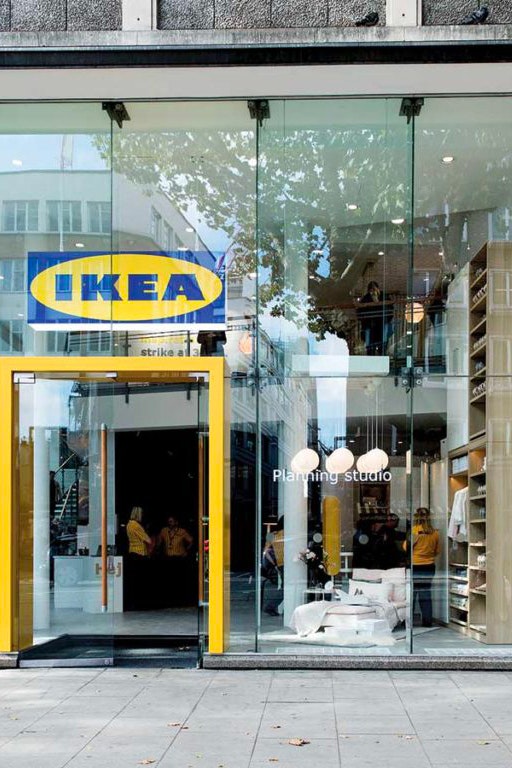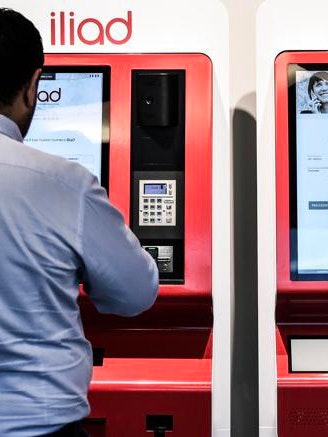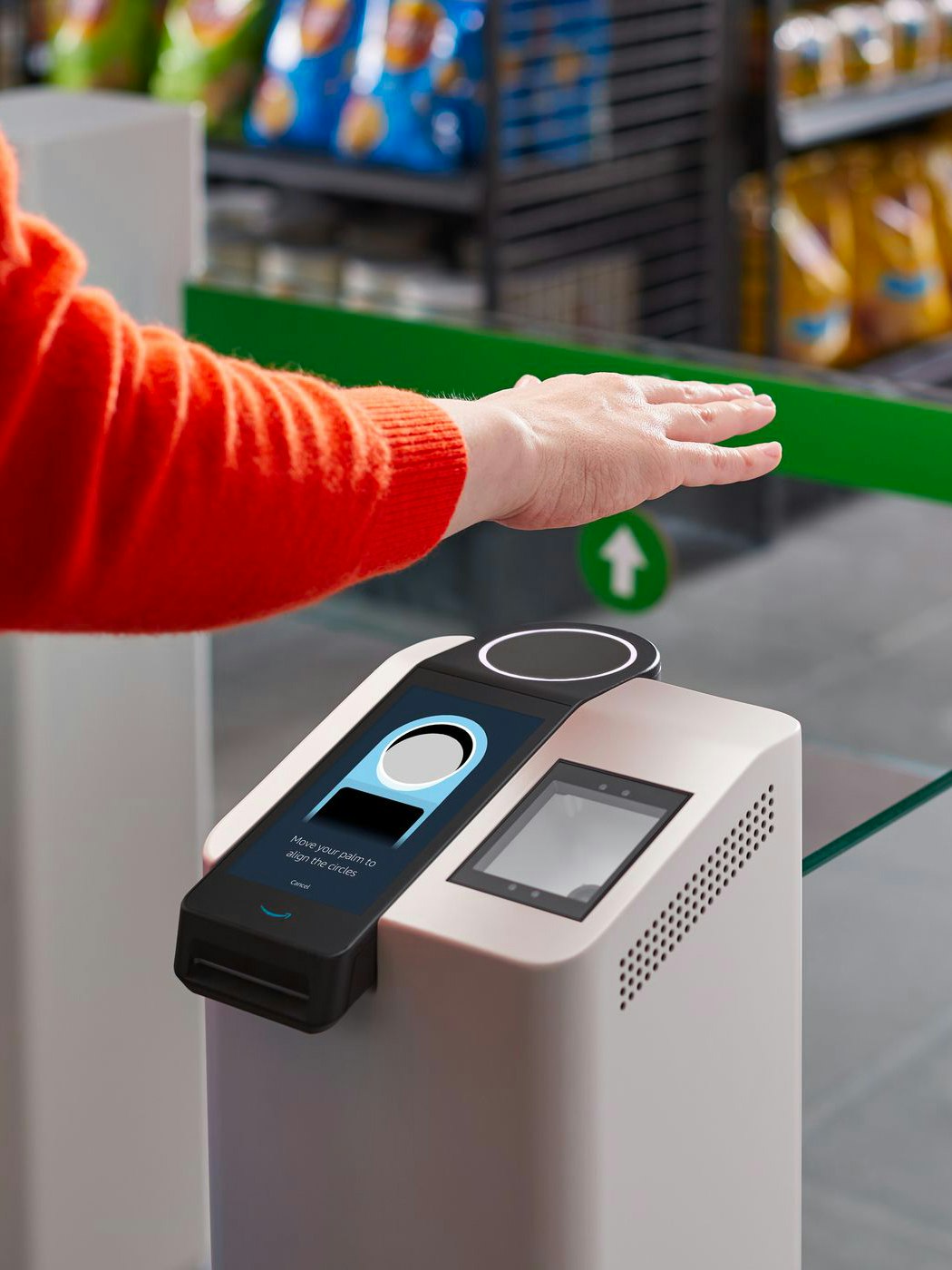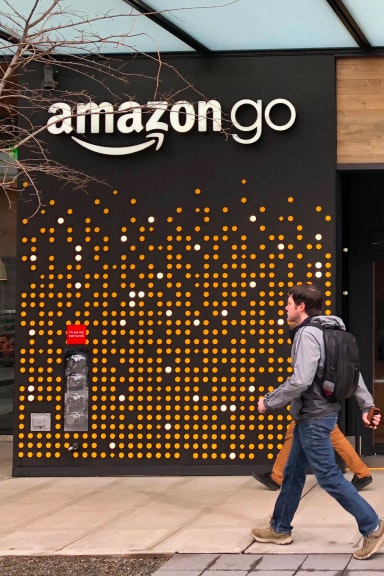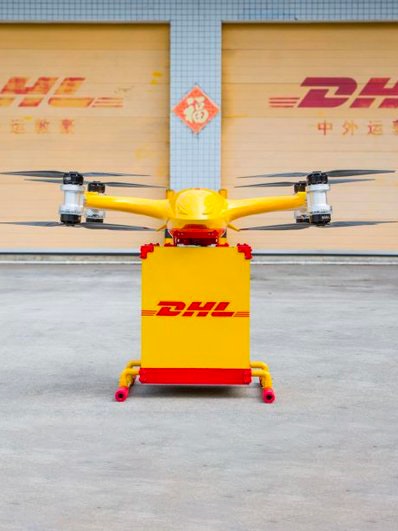03
Human assistants in digital services
One of the strengths of physical services has always been counting on the competence, empathy and sense of security provided by staff. Today, the trend in physical contexts is to move towards the extreme independence of people, as we have seen in partially assisted stores. On the other hand, there is a contrary trend in digital contexts: users of digital services are traditionally autonomous and poorly assisted.
Now people are being introduced to provide skilled support services, often using the same employees as in-person services.
In Ikea Planning Studios - whether physical or digital - for example, people can receive highly skilled support services from designers: they can help design kitchens, or living rooms, either in-person or via a screen-sharing video call. The project generates an order for the warehouse. The designer is the same person who helps the customer finalize the purchase, and during the payment operations (fills the cart, checks the delivery details, defines the payment methods).
The same is happening in other contexts. Amazon Fresh, to take another example, makes a variety of these solutions available to people: you do your shopping in the store, there are Alexa totems to ask for assistance, but you can also do your shopping via the app or ask a salesperson to do it on our behalf, sharing the shopping list to directly in a call.
All these apparatuses significantly increase the inclusion of people who can always find a way to do their tasks, even those with low technological competence - everyone can make a phone call, even the elderly. Simultaneously, it reduces the risk for companies and increases the bonds of trust between people and the brand. If you choose to do so, you can dive in a warm relationship, rich in human empathy and value.
And, where the in-person relationship is not possible, as buying clothes or shoes online, services that simulate the in-store experience are being introduced. There are several digital experiences in which it is possible to purchase the services of a personal shopper who selects personalized clothing for the buyer, based on the information provided by the buyer (size, colours, preferences) on an online form, or through a conversational interface. The order is delivered to the buyer's home, and the person can try on the garments freely, select those he likes and only at the end pay for those he wants to keep and return the others. The payment procedures and especially of return are pre-set so that the tasks for the user are very few and straightforward.
People thus get a personalized experience, which increases loyalty towards the service that provides it to them and, at the same time, the company can increase market penetration.

